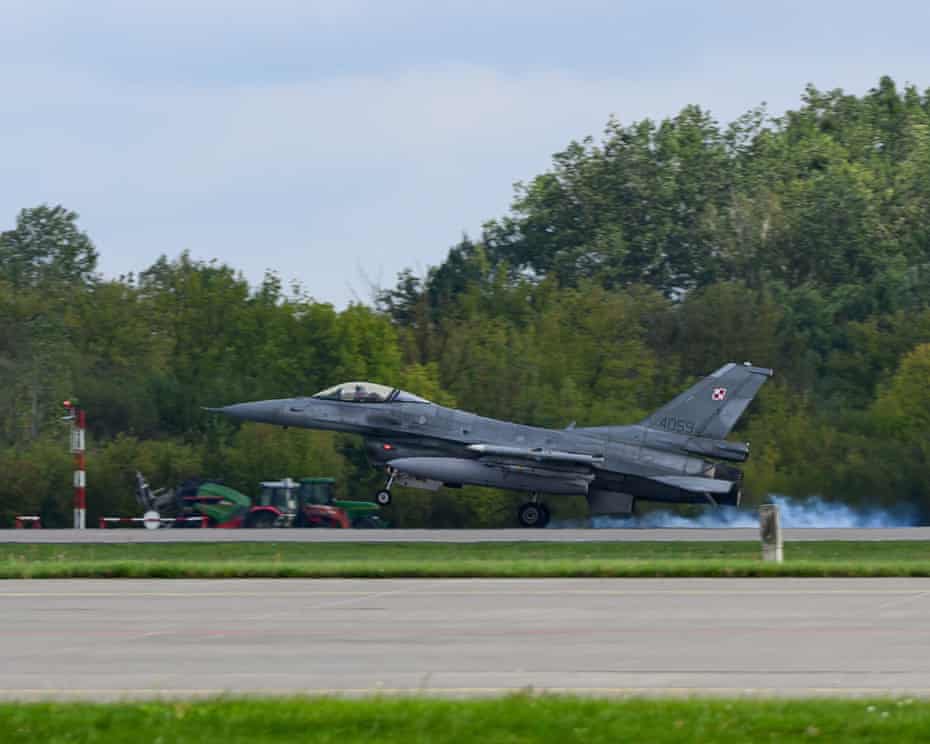The European Union is ramping up plans for a “drone wall” along its eastern borders to counter Russian incursions, following a surge in drone sightings and airspace violations across several member states. After online talks with ministers from 10 mostly central and eastern European countries plus Ukraine, EU Defense Commissioner Andrius Kubilius called the drone wall an “immediate priority” for bolstering the bloc’s eastern defenses. The focus is on building an effective detection network using radars and acoustic sensors, plus tools to intercept and destroy drones.

The push comes after recent incidents: unidentified drones disrupted airports in Denmark, including closures at Aalborg and Billund, while similar incursions hit Poland and Romania. Russian fighter jets also violated Estonian airspace for 12 minutes on September 19, intercepted by Italian F-35s. Denmark, Estonia, Latvia, Finland, Lithuania, Poland, Romania, and Bulgaria—now joined by Denmark—are key players in the initiative, which could be funded through the EU’s €150bn Security Action for Europe loans scheme. EU Commission President Ursula von der Leyen first proposed the wall earlier this month, hours after NATO shot down Russian drones over Poland, exposing gaps in current defenses like the high cost of using million-euro missiles against cheap $10,000 drones.


Kubilius highlighted the imbalance: “If you are using air missiles from your fighter to shoot the drone, then you are using a missile which costs 1m to kill the drone which costs 10,000.” Ukraine, with its experience countering Russian drone swarms, is eager to join, potentially creating a “new defense ecosystem in Europe.” Leaders will discuss the wall at a Copenhagen summit on October 1, aiming for agreements by month’s end. The Kremlin slammed suggestions of shooting down Russian planes over Europe as “reckless,” responding to U.S. President Donald Trump’s comments.

In parallel, momentum is building for a €140bn ($164bn) interest-free EU loan to Ukraine, backed by Russia’s frozen central bank assets—totaling nearly €200bn, mostly held at Euroclear in Brussels—without outright confiscation. A leaked European Commission document outlines using the assets as collateral, assuming Russia will eventually pay reparations for war damage after over 1,300 days of invasion. The EU already channels profits from these assets to Ukraine, but this would tap the principal via a “reparations loan” guaranteed initially by member states and later by the EU budget from 2028.

German Chancellor Friedrich Merz endorsed the plan in a Financial Times op-ed, calling it a way to “systematically raise the costs of Russia’s aggression” while respecting property rights. He suggested approval by qualified majority to sidestep a potential Hungarian veto, as sanctions renewals require unanimity every six months. The Commission proposes tweaking sanction rules for majority votes, shifting loan costs to Russia long-term. Ambassadors start discussions Friday, with the Copenhagen summit next week key to finalizing details. This builds on earlier ideas like EU-backed IOUs to free up funds now, amid resistance from Germany, France, and Belgium to full seizure.




